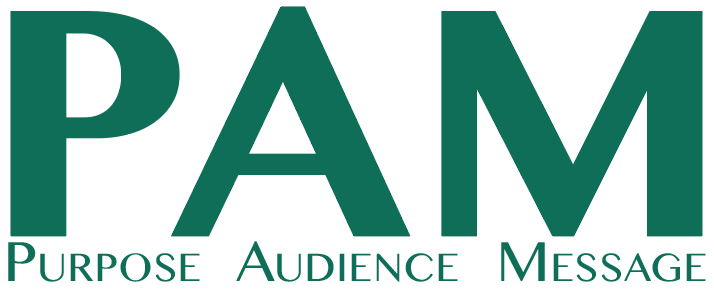News product strategy is a quickly developing concept inside journalism, but here are some key tenets:

All decisions should be built on PAM: the purpose, audience and message of your news organization. Questions to ask when you decide what products and platforms to use:
- Purpose-driven questions: What is the mission of your news organization? What do you ultimately hope to achieve with your reporting? What makes your work unique compared to others in the same geographic or topical space?
- Audience-driven questions: Who does your reporting resonate best with now and what products do they use? What do your analytics (both quantitative and qualitative) point to as your strongest and weakest products or platforms? What demographics do you wish to reach next or expand to with intentionality?
- Message-driven questions: What do you want/hope your organization is known “for” or “as”? What words/phrases best define or describe your news organization and why? What do you want to alter about how you are known?
Legacy products (print, radio, TV and websites) are opt-in — the community must actively choose to engage. But, audiences have become accustomed to content coming to them. So, consider at least one news product that shows up where people’s eyes and ears already are — email newsletter, app with push notifications, streaming and podcasts, social media, etc.
Social media platforms all have different audiences, tools and tones. Only commit to those that reach your intended audience with reporting that matters to them, and be consistent with your strategies.
Exemplars
- The University of Montana Legislative News Service has its work published with a number of news organizations, and it uses a newsletter and Wakelet to curate and share the reporting and coverage, along with some posting to social media.
- Northeastern’s Boston-based news organization, The Scope, uses a full plate of products to serve its audience including a website, Facebook, Twitter, Instagram and YouTube, and periodic email newsletters.
- The NSU-TV news service uses a website, YouTube and then a partnership with a local ABC affiliate and other news organizations to share its broadcast coverage with local communities out of Northwestern State University of Louisiana.
- At the University of Central Florida, all reporting by students is published through a partnership with The Orlando Sentinel in an area of Florida where the newspaper no longer has local reporters.
Products and Platforms Resources
Republishing tools
Headline writing and SEO
Content Management Systems (CMS)
Email newsletters
Data visualizations, maps and graphics
Interactive tools
Print or magazine-style digital publishing
Social media managers
Project or newsroom management tools
Collaborative, digital workspaces
AR, VR and AI tools
- Adobe Aero (AR)
- Scene VR
- GPT4
- Google Bard
- Dall-E 2 (AI visuals)
- Midjourney (AI visuals)
